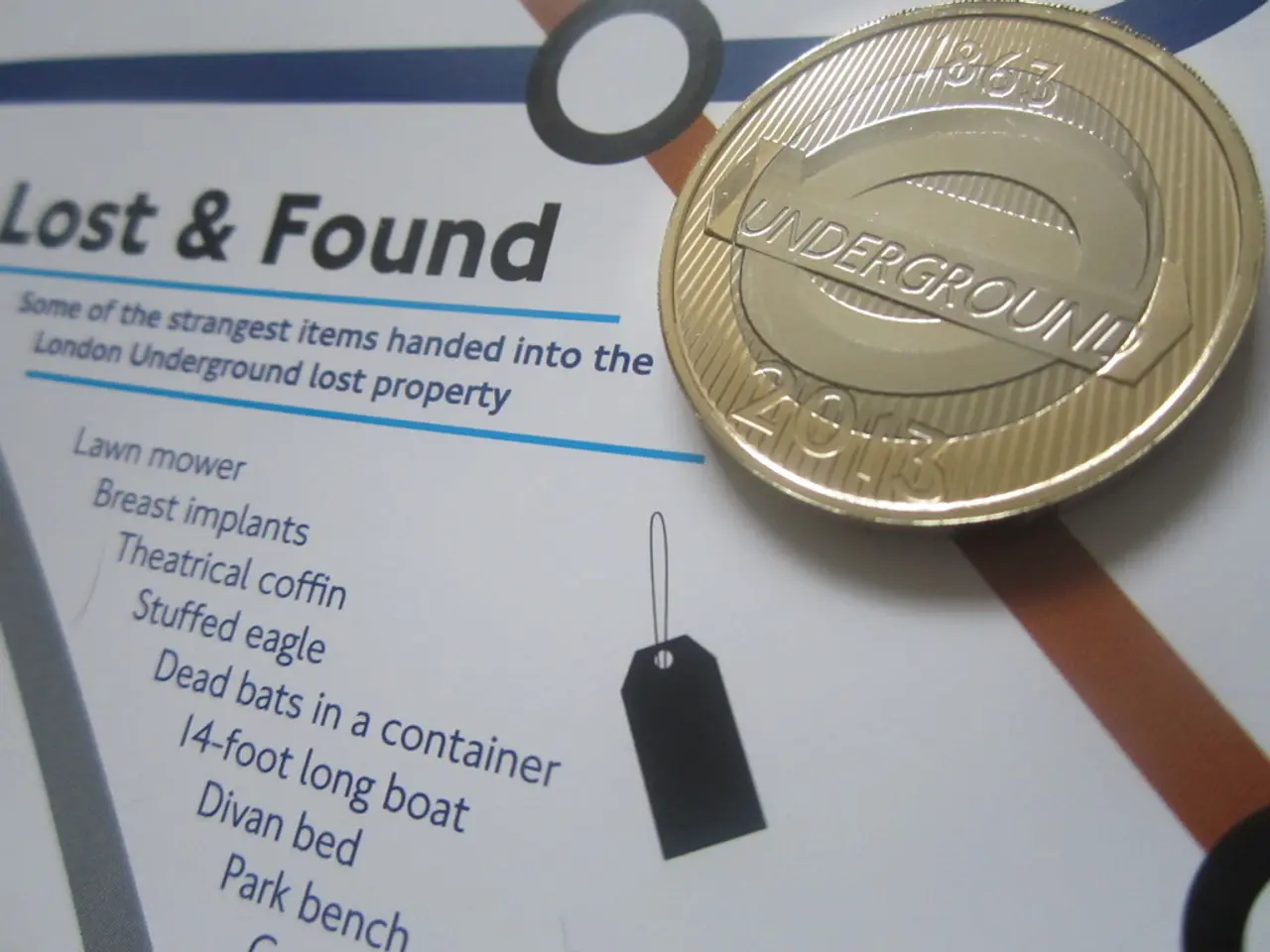Central banking conference highlights the call for digitization of assets through tokenization
In a groundbreaking development, central banks are set to mainstream tokenization, as outlined by Agustin Carstens and Piero Cipollone at the IMF Spring meetings. This shift, aimed at revolutionizing the financial system, was discussed in a panel focused on the potential of distributed ledger technology (DLT) and tokenization in financial markets.
Agustin Carstens, the outgoing general manager of the Bank for International Settlements (BIS), revealed a new initiative, Project Pine. This project facilitates monetary policy through the use of wholesale Central Bank Digital Currencies (CBDC), commercial bank money, and tokenized government securities.
The IMF event emphasized a big ambition for tokenization to "shift the boundaries of the financial system." Carstens used the example of ATMs, noting how they became more widespread in emerging economies due to their simpler integration with less developed systems. He envisioned a similar impact for tokenization, potentially allowing emerging economies to leapfrog to advanced financial status.
The European Central Bank (ECB) sees tokenization as a means to enable a capital markets union. Cipollone, of the ECB, aims to encourage competition and innovation in tokenized markets, avoiding dominance by large players and inhibiting future innovation. He expressed concern about fragmentation in European markets, with 41 trading venues and 27 central securities depositories, and emphasized the need for interoperability.
The BIS has been working on Project Agora, a tokenized cross-border payment system involving several central banks and private sector firms. This project is part of a broader roadmap for central banks to mainstream tokenization. The roadmap involves developing regulatory clarity for the classification and trading of tokenized securities and other crypto assets, supporting CBDC initiatives, promoting operational readiness, and exploring wholesale central bank money settlements.
Carstens suggested that central banks should provide a roadmap for tokenization to enter the mainstream, including articulating the vision, coordinating with other regulators, enabling foundational assets, and ensuring interoperability. He emphasized the role of central banks in steering the participation of the private sector and maintaining trust by ensuring the singleness of money and finality in payments.
Last year, Carstens and Infosys Chairman Nandan Nilekani proposed the concept of the Finternet, a system enabling the free transfer of financial assets worldwide. During the IMF event, Nilekani outlined the requirements for the Finternet to become a reality: user centricity, a unified architecture, and universal availability.
The roadmap represents a shift from earlier more cautious or enforcement-focused stances towards viewing tokenization and digital assets as generational opportunities to innovate the global financial system under sound regulation. This development is set to transform the financial landscape, making it more inclusive, innovative, and adaptable to the needs of the modern world.
- The central banks' push towards mainstream tokenization, as outlined by Agustin Carstens and Piero Cipollone at the IMF Spring meetings, aims to revolutionize the financial system by using technology like distributed ledger technology (DLT) and tokenization in financial markets.
- Project Pine, a new initiative by Agustin Carstens, facilitates monetary policy through the use of Central Bank Digital Currencies (CBDC), commercial bank money, and tokenized government securities.
- The European Central Bank (ECB) sees tokenization as a means to enable a capital markets union, encouraging competition and innovation in tokenized markets to prevent dominance by large players and future inhibition of innovation.
- The BIS has been working on Project Agora, a tokenized cross-border payment system involving several central banks and private sector firms, and this project is part of a broader roadmap for central banks to mainstream tokenization.
- To transform the financial landscape and make it more inclusive, innovative, and adaptable, central banks should provide a roadmap for tokenization to enter the mainstream, as suggested by Agustin Carstens, including articulating the vision, coordinating with other regulators, enabling foundational assets, ensuring interoperability, and maintaining trust by ensuring the singleness of money and finality in payments.




